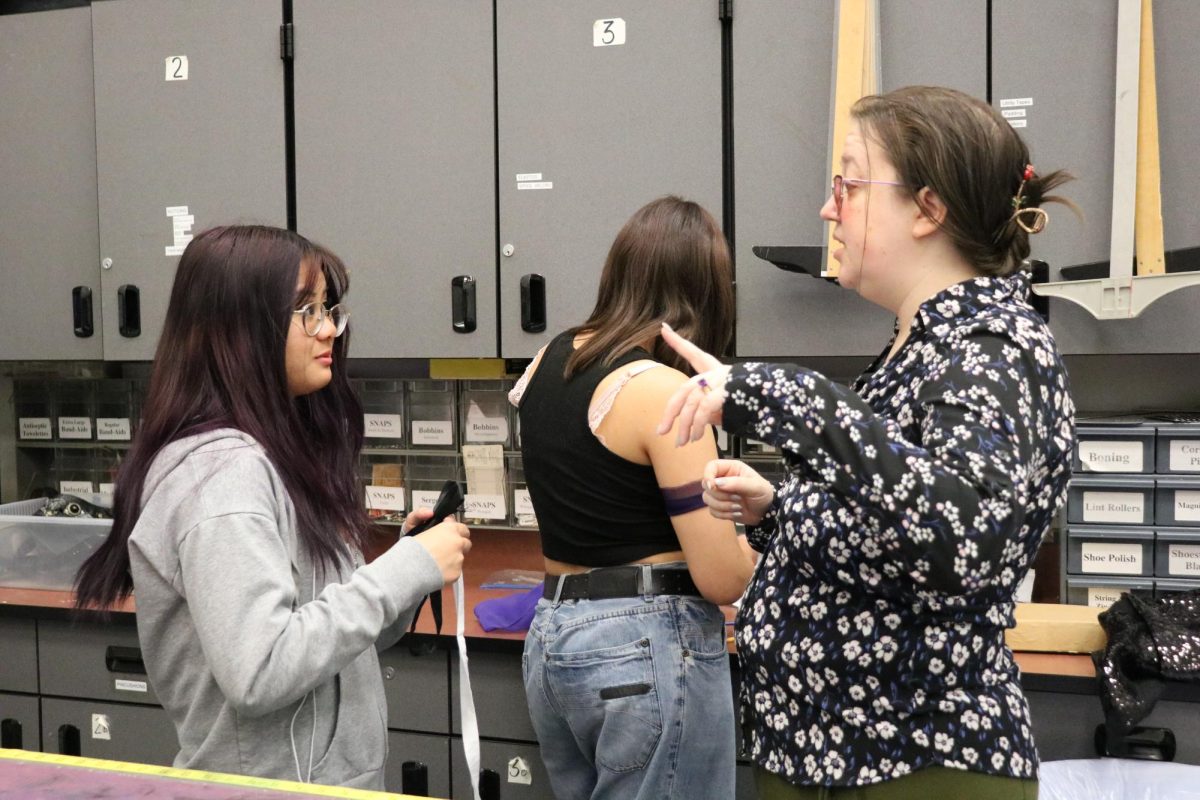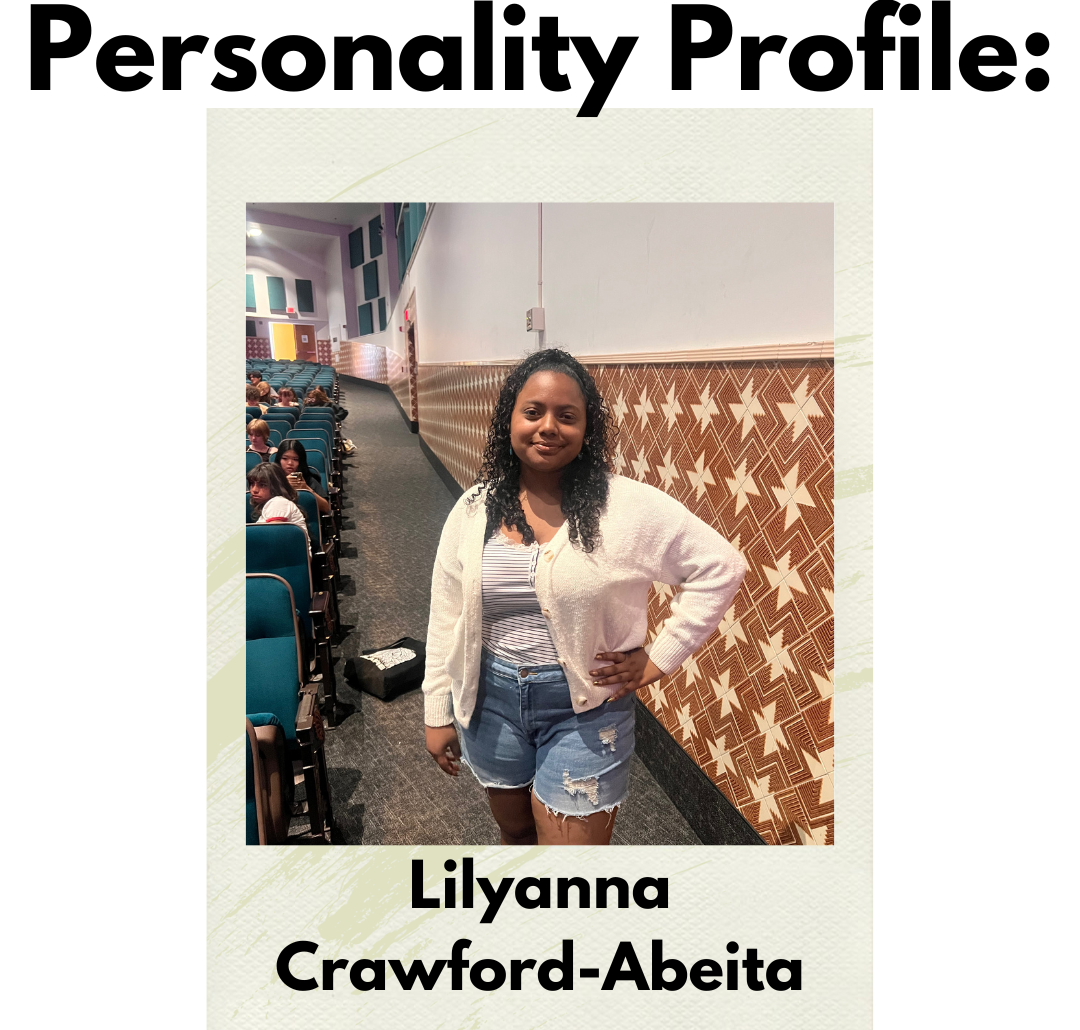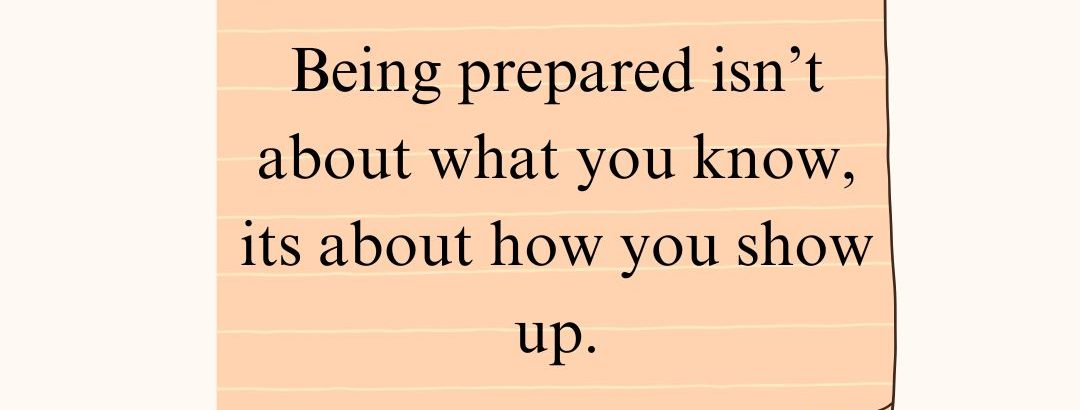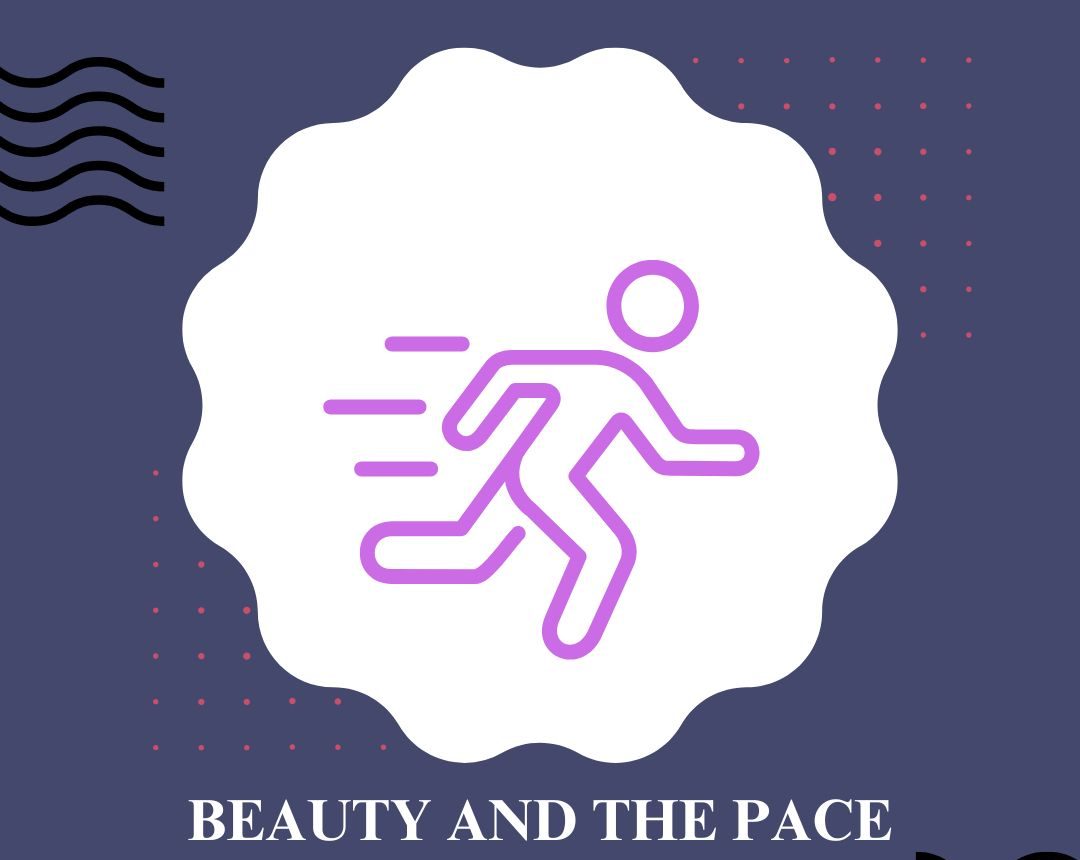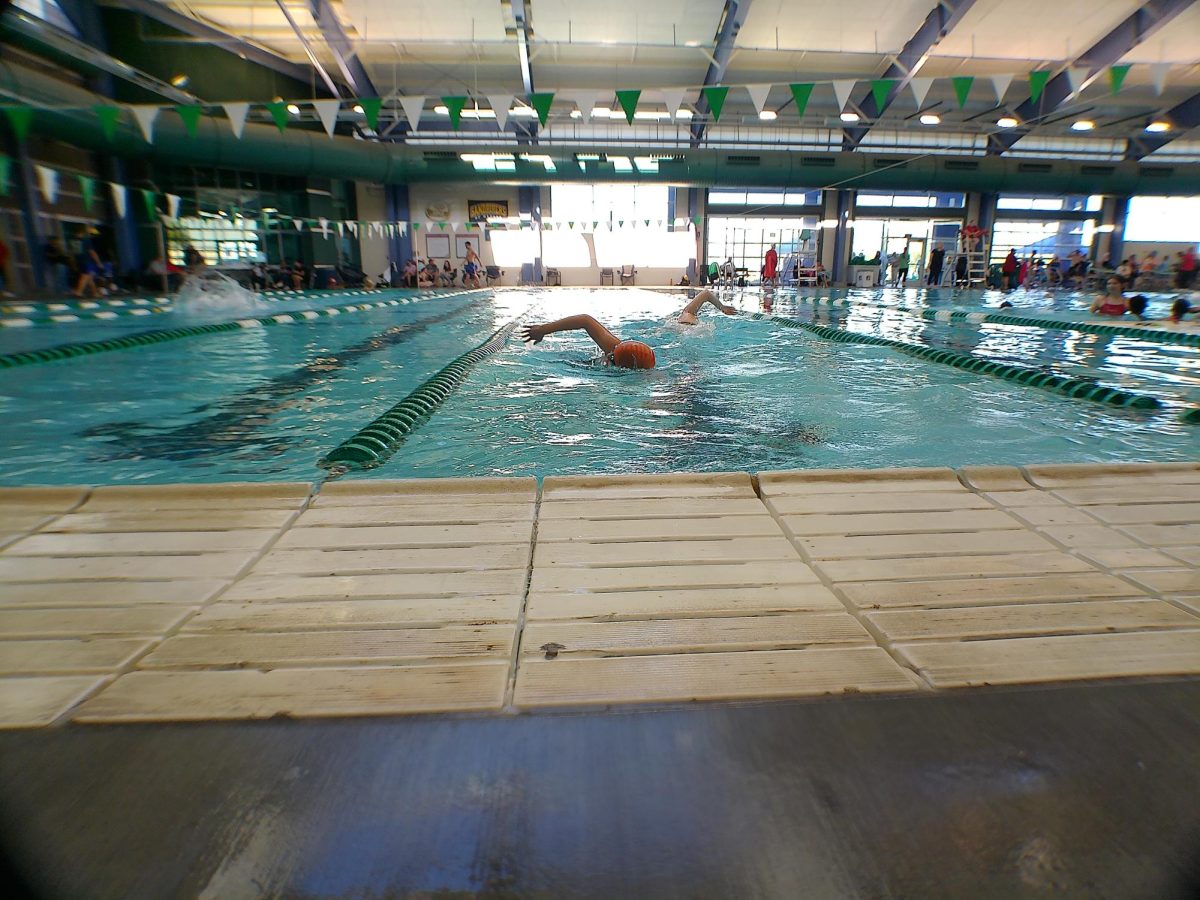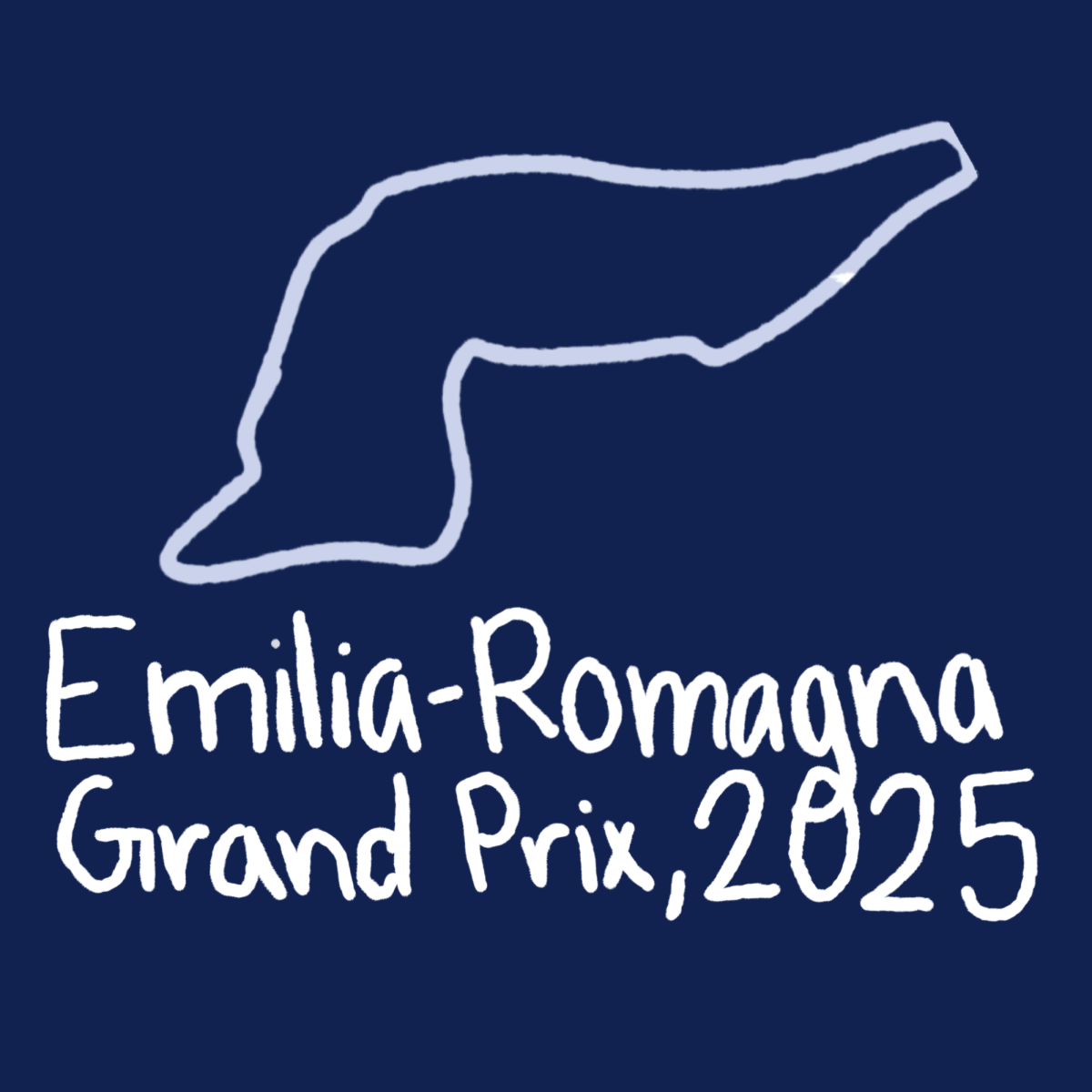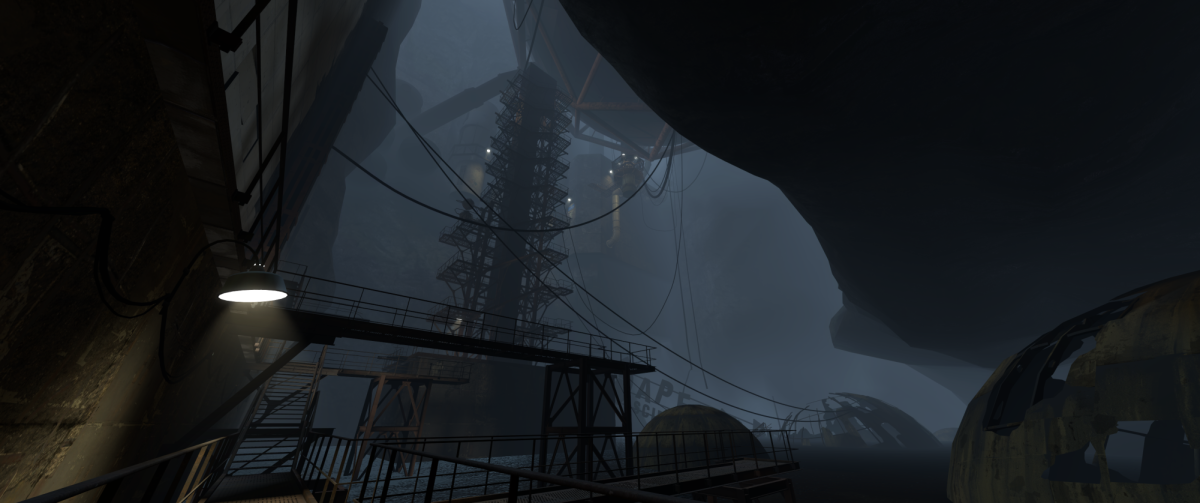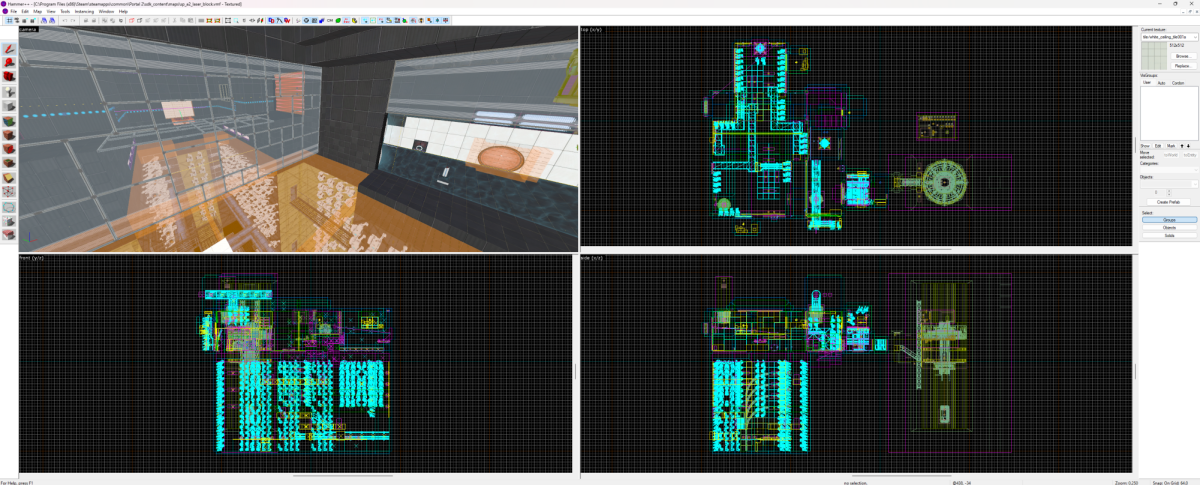Video games are a broad medium. New or old, 2D or 3D, alone or with friends, games vary in many different ways. Creating a game is a big task, not only because of the planning, but also because of the massive amount of technical difficulties, small details, and playtesting that is required to fully polish and get a game ready to publish. Games often rely on the player to travel through levels and make important decisions, which is why level design is so important. Guiding the player and making sure they follow a certain path is exactly why games rely on subtle design and hidden tricks that lead the player to the end.
There’s two main types of guidance that games usually use, and that’s direct and indirect paths. Direct paths are when the game directly tells the player where to go, usually with a line on the floor or a location on a map. These paths are usually used when the gameplay is more emphasized, or if the difficulty arises from traveling to a location rather than finding it. However, story focused games often avoid direct paths because they can easily break immersion if not used in a certain way, which is why indirect paths are used. Indirect paths are subtle hints and tricks in level design that guide a player towards a specific location subconsciously, without being told directly where to go. Indirect paths are usually more difficult to plan out, but pay off massively when the player acts in a way that they normally wouldn’t have. They are also a great tool for level designers in many games.

Lighting is often a common tool used to guide players. Players subconsciously use light to determine the importance of an area, so shadowing uninteresting areas and shining light on where the player needs to go is very common. Lighting is not only used to guide the player, but it’s also used to communicate tone and emotion. Color theory, more specifically warm versus cold lights, is used to guide players and to give tone to a certain area. Warm lights, which are usually tinted slightly orange, usually communicate the idea of being “at home,” and warmly-lit areas are usually more calm to be in. Cold lights communicate the opposite idea, making the player feel a little bit more uncomfortable. This is often used to a designer’s advantage, allowing them to guide a player towards a warm area or lead them away from a cold area. Additionally, this is used to create tone/mood in certain places, with inviting areas (like homes) being warmer, and uninviting or unwelcome areas (like offices or buildings) being colder.
Sometimes, the actual structure of the level is what controls the player’s actions. Obstructing their path will make them look around and explore other areas, and designers can use this to their advantage by making them look around for a way to get past a certain obstacle. Additionally, the player will usually look in the direction that lets them see the most. This can be used to trick the player into looking upwards, which is often difficult. Finally, ledges and drop-downs that the player can go down are also used to make sure the player cannot backtrack, which is important to making sure the player does not go against the direction of the story.
Some design aspects persist between 2D and 3D games. Color theory and its uses usually stay between both genres, and 2D lighting is also used to draw players’ attention. Other elements, like preventing backtracking using small cliffs or falls, or certain gameplay loops and principles, also stay in 2D games. However, the main difference between 2D and 3D games is the line-of-sight. In 3D, there’s no precise limit on how far the player can see at a given time. Sometimes, the player can see for miles, and sometimes, there’s a wall or building in the way. However, in 2D games, the player always sees a specific distance around their character, meaning they can see through walls sometimes, and not see things too far away even if there’s nothing obstructing them. This makes visual hints more difficult to balance, because in 2D environments there usually needs to be more lights guiding the player, because they can’t see as far. It can also make some other things possible, like letting the player see an area they can’t get to yet.
A fantastic example of design tricks that help the player is “Portal 2” by Valve. This game makes use of lights in order to tell the player how to navigate large, open areas using the portal device. Even though these areas are extremely large, the player is immediately drawn to the spots that are lit up, making it easy to navigate while still being relatively subtle. Additionally, open caves and big landscapes trick the player into looking up, which helps communicate the vast expanse of the area. The player is also presented with an obstacle, which is circumvented using the portal device, making use of the main game mechanic as well as lengthening the amount of time the player spends in that level of the game.
Level designers use these types of tricks all over their levels, and by looking closer at a specific part of a game, it’s possible to discover all of the thought and planning put into creating them. Try to keep an eye out for them next time you play.


